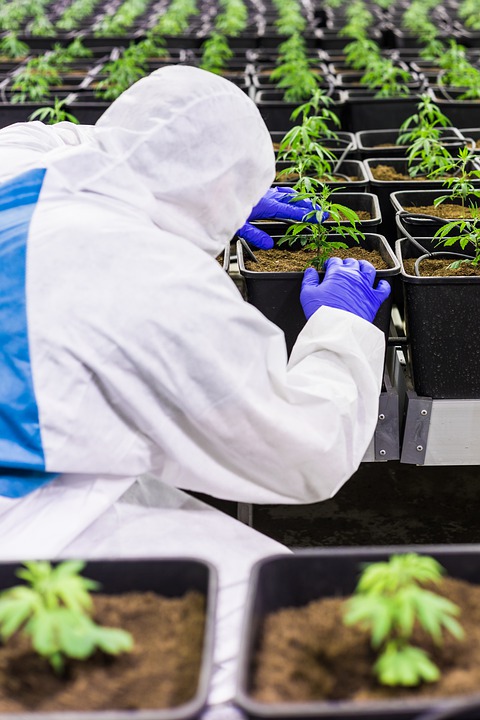Michigan has overtaken California as the largest cannabis market in the U.S., at least in terms of sales volume, according to data collected by multiple market intelligence firms. Both firms show Michigan surpassing California over the winter in cannabis product units sold.
Sales volume is the total number of units sold by a business over a specific period of time, such as units sold in a month, quarter, or year. A “unit” can mean several different things but in this case, it refers to a single or multipack cannabis item that is purchased, big or small.
But this is in terms of units, and California is still a larger cannabis market than Michigan in terms of dollars sold—by billions of dollars. California sold $5.1 billion in adult-use cannabis products in 2023, while Michigan sold about $3 billion in adult-use cannabis products.
Prices for cannabis products are much cheaper in Michigan compared with California due to recent oversupply issues in the Great Lakes State. That means that even if consumers buy more products in Michigan, the total amount they spend is less than what they’re paying in California.
Detroit Free Press reports that since December 2022, Michigan has sold more total grams of flower and units of other cannabis products, called equivalent unit sales, in both the adult-use and medical cannabis markets compared with California, according to data collected by BDSA, a cannabis market intelligence firm that tracks sales via point-of-sale data from a panel of participating cannabis retailers.
But it’s not just BDSA making these claims: Headset, another cannabis market intelligence firm that’s recognized in the cannabis community, compiled data showing that Michigan sold more units than California. Headset defines units as a single item that a customer buys, such as a pre-rolled joint, a multipack of pre-rolled joints, an ounce or one gram, since June 2023. Headset’s data indicates that in May, Michigan sold 24.2 million units, compared to California selling 17.3 million units.
“There are a lot of issues on the ground in California … it’s always been expensive to do business there,” Michael Arrington, a principal analyst at Colorado-based BDSA, said on a BDSA market forecast update webinar in March.
According to BDSA data, Michigan sold 56.8 million equivalent units of cannabis products in April, compared with 44.6 million in California during the same month.
In terms of units sold, BDSA arrived at slightly different numbers than Headset, however both firms found that Michigan was selling more units of cannabis products than California in recent months, such as in February and March. Michigan’s unit sales first passed California’s in December, BDSA data shows.
This could mean more Californians are buying in bulk or in larger units while Michiganders are buying cannabis in smaller units.
In Michigan, prices for cannabis plunged after adult-use cannabis sales started because of an oversupply problem, which led to lower prices for consumers but tougher margins for cannabis retailers.
Michigan Sales On Steady Climb
A recent set of data released by the Michigan Cannabis Regulatory Agency (CRA) shows that the state has once again set a new record for adult-use cannabis sales.
According to the CRA, the state collected $286.8 million in adult-use cannabis sales in March, which made up for 99% of all sales. In terms of product popularity, flower still reigns supreme with $131.4 million in sales. A total of $54.4 million was sold in vape cartridges, as well as $33.9 million in inhalable concentrates, and finally edibles at $26.3 million.
The CRA splits Michigan up into five distinct regions: upper lower/upper peninsula, mid lower, southwest, east/southeast, and Wayne.
Among these regions, the east/southeast region collected the most in total adult-use cannabis sales with $128,929,767, followed by $79,432,048 in the southwest region, $31,845,920 in Wayne, $29,373,053 in upper lower/upper peninsula, and lastly, $17,209,468 in the mid lower area.
In total medical cannabis sales, the southwest area led with $141,535, followed by Wayne with $945,992, east/southeast with $809,515, upper lower/upper peninsula with $81,273, and finally mid lower with $79,695.
The latest figures leave more questions than answers. Michigan’s population is about a quarter of the size of California’s population, and California’s history of a medical and adult-use cannabis market stretches back further than Michigan’s. But the prices of pot play a large part in the outcome of units sold in both markets,
Michigan’s fifth anniversary of adult-use cannabis sales in the state is coming up, and the state is proving its viability, even compared to California’s enormous market.



















